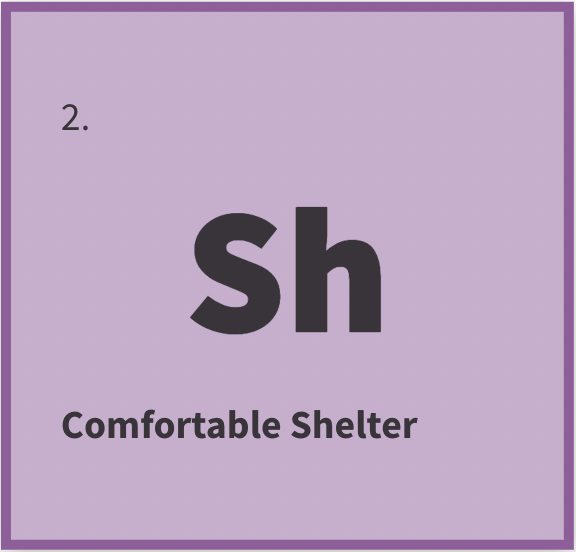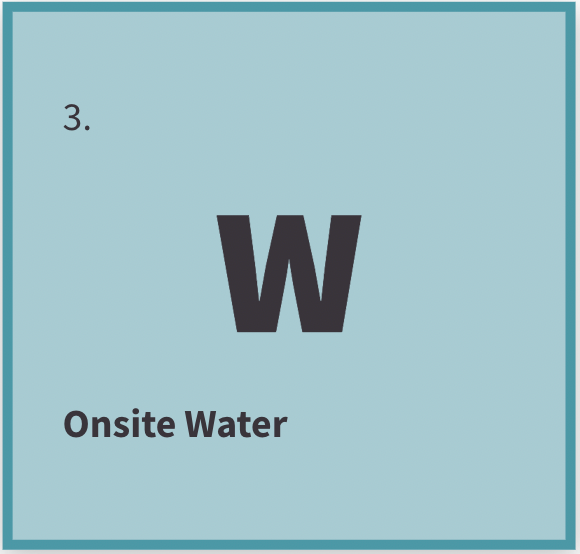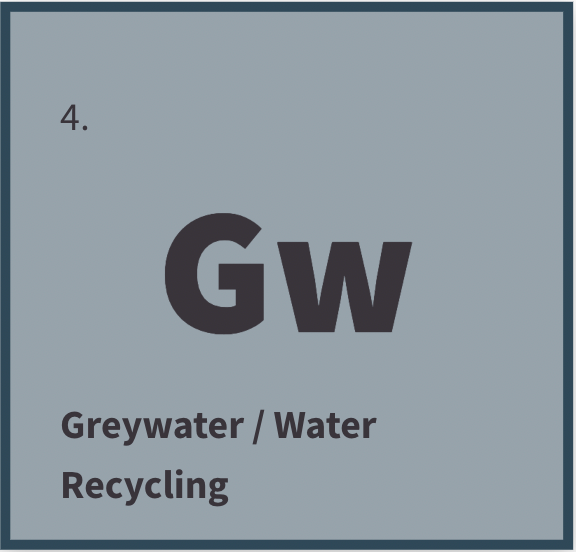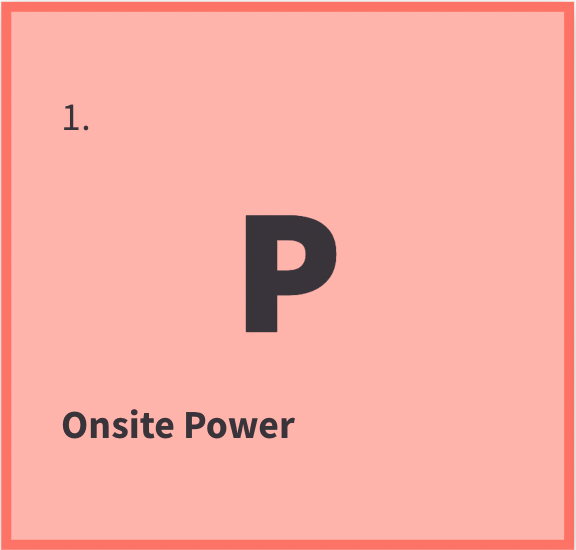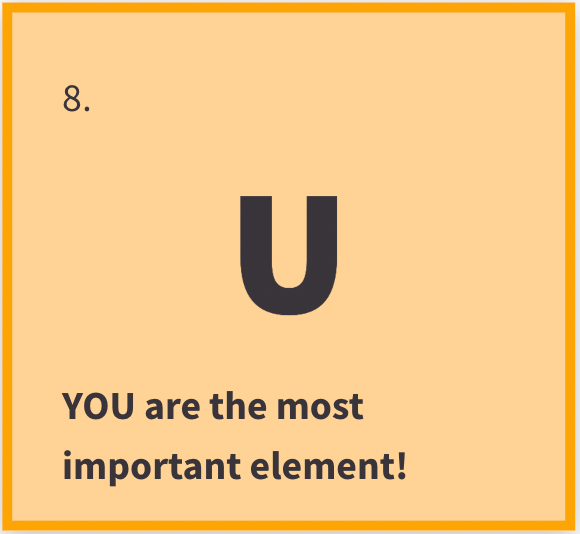6.
Po2
Poo Resolution
poo resolution
What to do with poo? If you want to go off-the-grid, you don’t want to be connected to a sewer system. That means you are going to be treating your waste on site. There are several ways to do this and determining the one that works best for you is going to depend on your climate, budget, house design, local codes, and personal preference.
How poo resolution works on-grid:
How poo resolution works off-the-grid:
There are DRY ways to deal with poo and WET ways. Dry ways include: outhouses, lovable loos, and compost toilets. Wet ways allow for flush toilets, ideally using greywater to flush. After you flush the toilet, the blackwater can be treated with a conventional septic tank overflowing to a contained treatment planter or wetlands system. Both dry and wet off-grid poo resolution systems protect groundwater from contamination and take the burden off of municipal sewer systems and wastewater treatment facilities.
Dry toilets involve more direct interaction with your poo. To help control odor and absorb excess moisture you’ll need access to dry material to add to your toilet like sawdust, peat moss, leaves, or coconut coir, among other things. You’ll need to periodically empty the material from the toilet and add it to an outdoor composting area.
Wet toilets (greywater flush) can work hand-in-hand with conventional septic systems, are less daily maintenance for the residents, and are just like using a conventional toilet.
There are several factors to consider when deciding on your off-grid poo resolution system. The first consideration is what local codes will allow. Densely populated areas are likely to require you to hook up to the municipal sewer system. More rural places require you to have a conventional septic tank. In places with zero regulations you are free to do whatever you want. Other factors that influence your poo resolution solution include the design of your house, your budget, and your personal preference.
How poo resolution relates to the other Elements of an Off-Grid Home:
You’ll want to allow space (with the proper orientation and location) outside your house to place your septic tank, blackwater cell, leach field, wetlands, or your humanure composting system. You’ll want to design source separation into your plumbing plan so you have access to greywater if you need it to flush with.
Deciding how you want to deal with your pee and poo will relate to your water recycling system as it will dictate whether you have a dry toilet that does not need greywater (you can still have planters and use greywater for landscaping purposes) or if you have a flushing toilet, you’ll need to make sure your planter is set up to send water back to your toilet and that you have a blackwater system that can recycle your water further.
If you have a greywater planter that is providing water for flushing your toilet you will need power to run a very small recirculation pump. This can come from your main system or from a small, dedicated solar panel that only runs the pump when the sun is shining. You will also need electricity for a pump to send the greywater to your toilet tank. If you have a dry toilet you will need a little bit of electricity for a vent fan.
You’ll need to be a little more involved with your poo resolution when you are off-the-grid than when you are on-grid. If you have a greywater flush toilet you need to be mindful of the level of greywater in planter cells so that you don’t run dry and burn out your greywater pump. If you have a dry toilet you have to empty and maintain the toilet. If you are using a composting system you need to properly care for your compost piles and make sure the material breaks down completely before using it as fertilizer. With both systems you are gaining access to the nutrients in your waste that can help you grow amazing plants and even food!
want to learn more about poo resolution?
SUBSCRIBE
Thank you for contacting Eco Build Lab.
You will be hearing from us in your inbox!
Please try again later.



